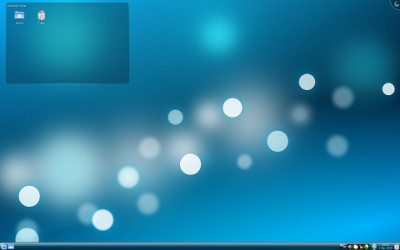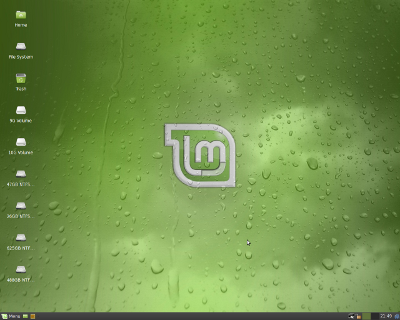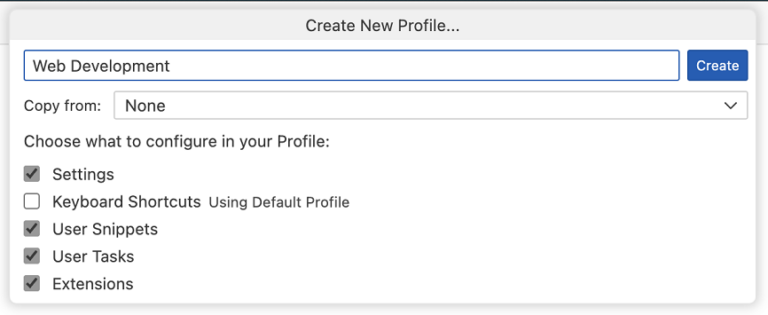In my tech journey, I’ve always had an affinity for the cutting-edge, the untested waters of the Linux world. Rolling release distributions like Arch, Fedora, or even a custom-installed Kali Linux have been my go-to choices for a Linux desktop experience that’s always up-to-date. But today, I’m venturing into a different territory: Debian Unstable, affectionately known as “Sid.”
In this article, I’ll show how to install Debian Unstable in detail. Debian Unstable (also known by its codename “Sid”) is not strictly a release, but rather a rolling development version of the Debian distribution containing the latest packages. Debian Unstable is one of the three distributions Debian provides (along with Stable and Testing).
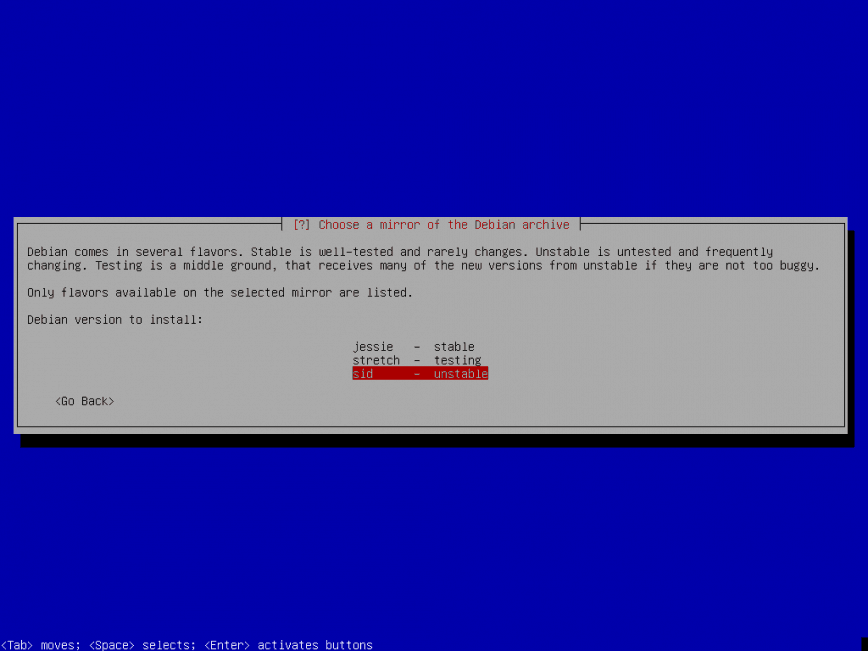
Debian SID Considerations
WARNING: INSTALLING DEBIAN UNSTABLE (SID) IS NOT RECOMMENDED FOR BEGINNERS. Debian Unstable, codenamed ‘Sid’, is an ever-evolving distribution primarily used by developers and those who require the very latest software. While it offers cutting-edge features, it comes with heightened risks of system instability, package conflicts, and unexpected behavior. Systematic backups and a solid understanding of Debian recovery tools are paramount. Proceed with caution and at your own risk!
If you are a hardcore developer or tester, you may opt to use this release. The disadvantages – or rather challenges – are well known so that I won’t go into those. However, here are some of the highlights of using Debian Sid.
Note that security for Debian Unstable is primarily handled by package maintainers, not by the Debian Security Team. Although Debian’s security team may upload high-urgency security fixes when maintainers are inactive, support for stable will always have priority. If you want a super-secure (and stable) server/desktop, you are strongly encouraged to stay with stable. Before you install Sid or testing, be sure to read this page in its entirety. (opens in new tab)
For web servers, Debian and CentOS/RHEL are my favorites. If you are interested in a server install, you can follow this guide, but I would not recommend installing SID on your production server. This post includes a quick guide with corresponding screenshots so that you can direct-install Debian Sid without having to install buster or testing first, no editing of your /etc/apt/sources.list and no need for apt-get dist-upgrade. After this guide, your base install will boot directly into Debian Sid on first boot if you so choose.
Install Debian SID rolling release using mini.iso
To begin, let’s download Debian’s mini.iso. Direct link here. Once downloaded, install it to your USB, then boot with it.
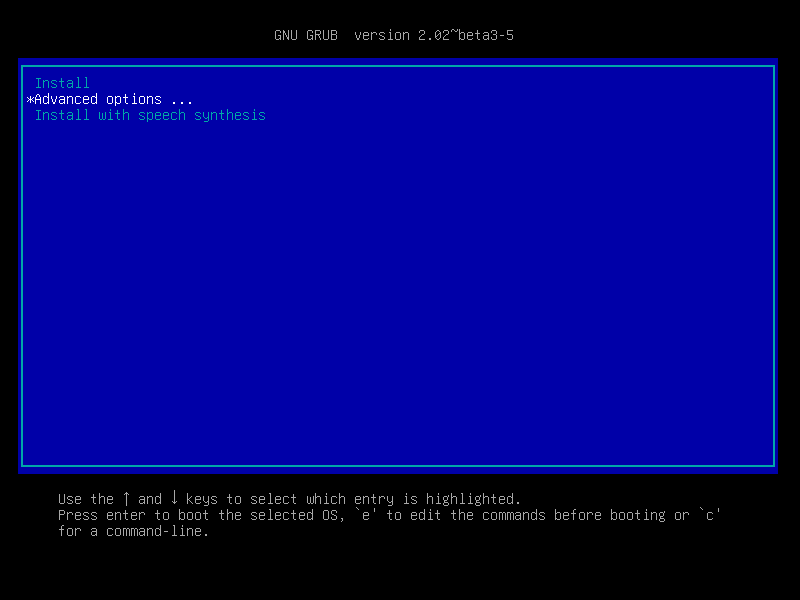
Click ‘Advanced options’
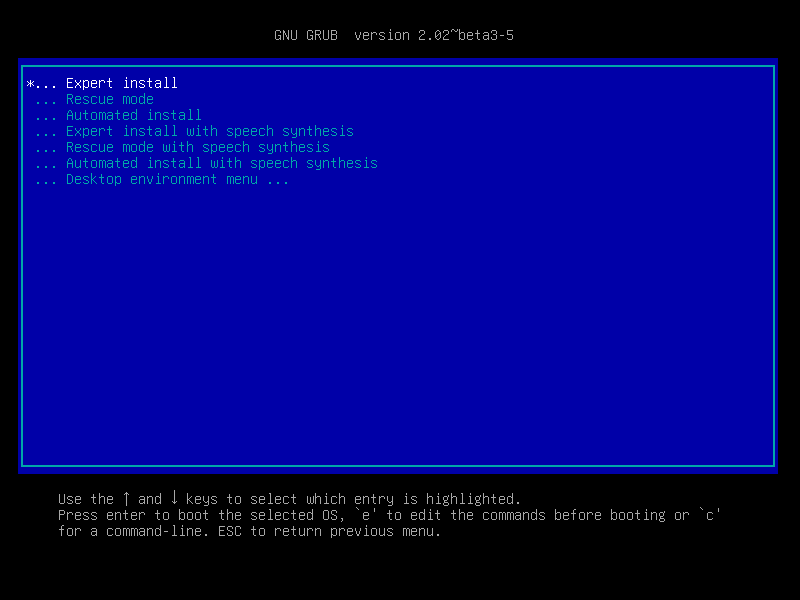
Click ‘Expert install’
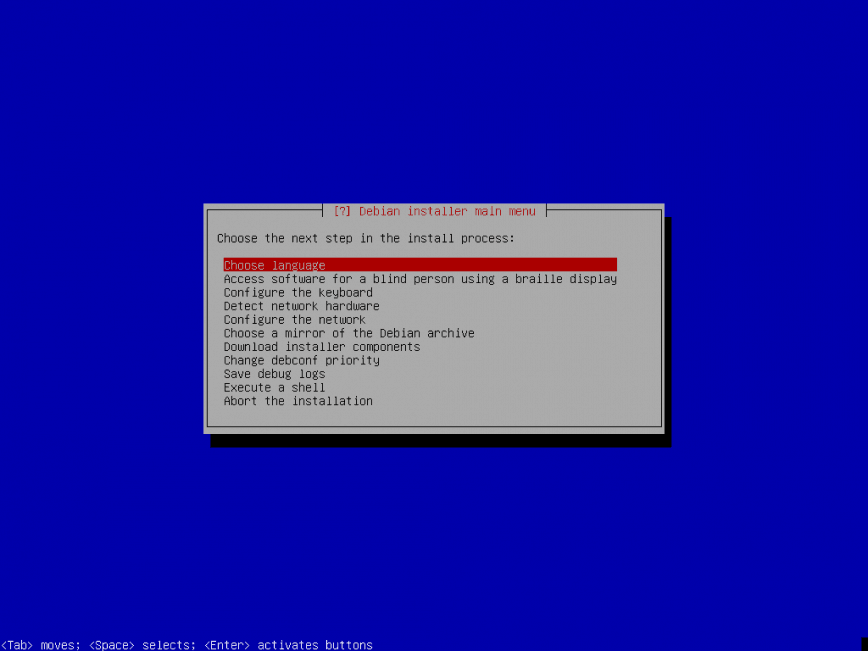
Start with ‘Choose language’, then follow the screenshots below…
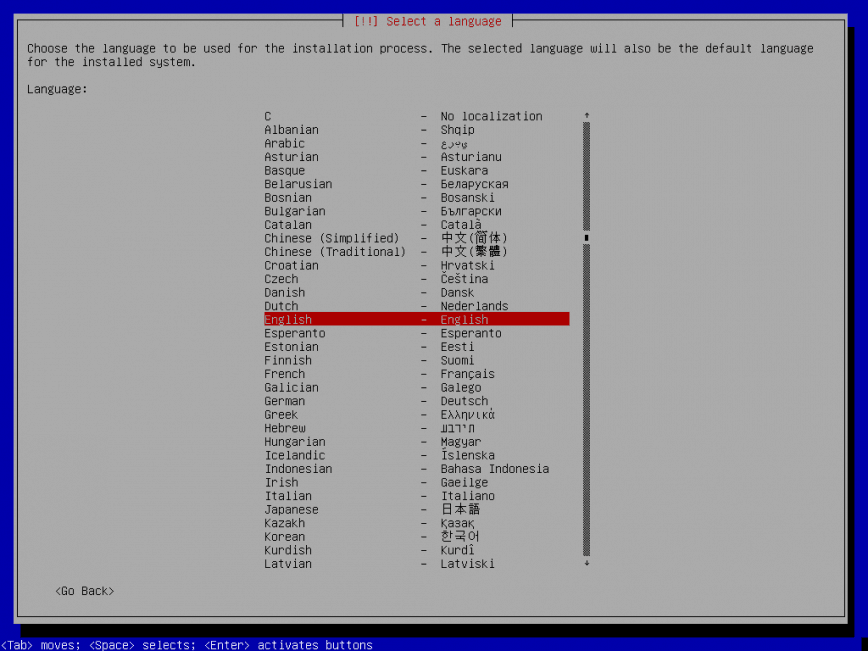
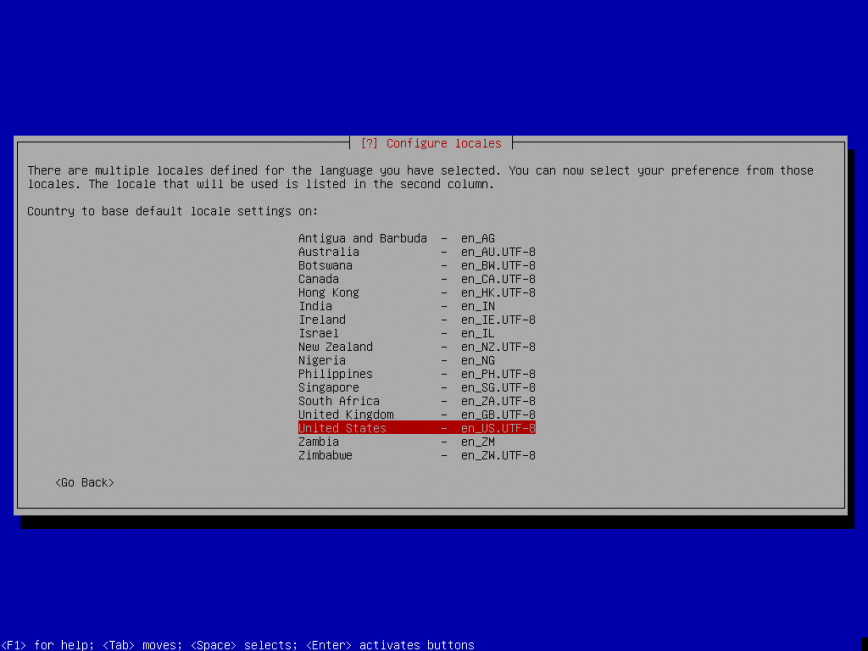
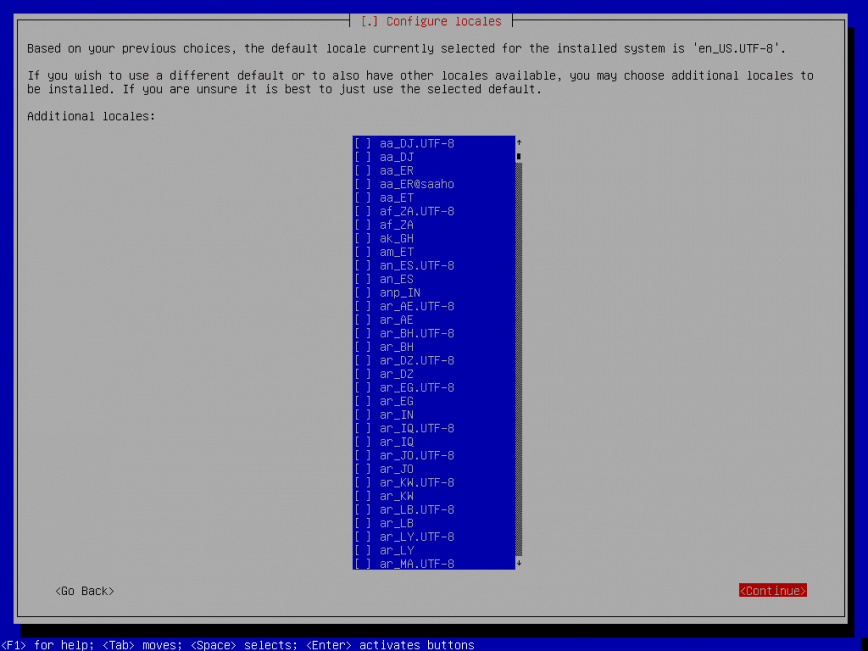
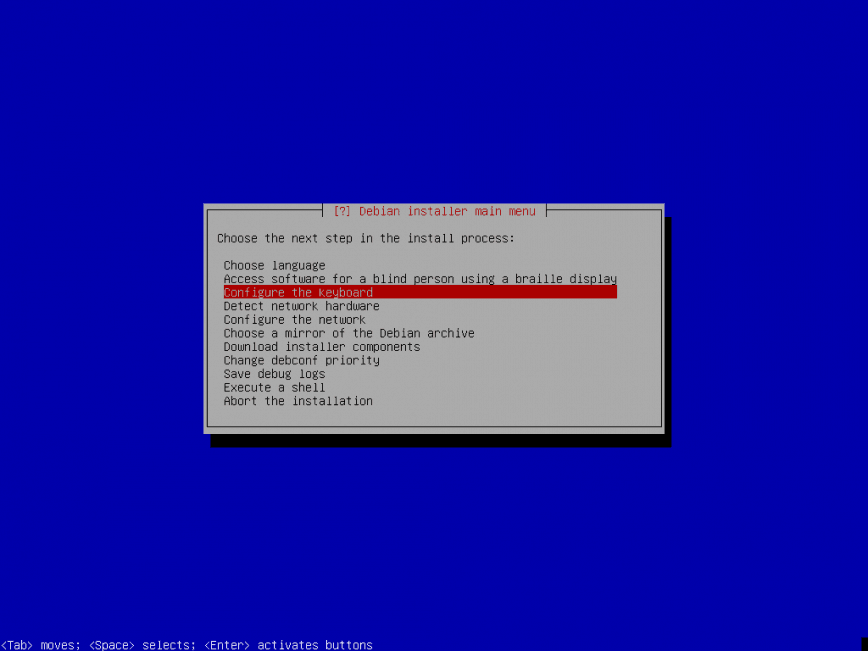
Skip to keyboard setup

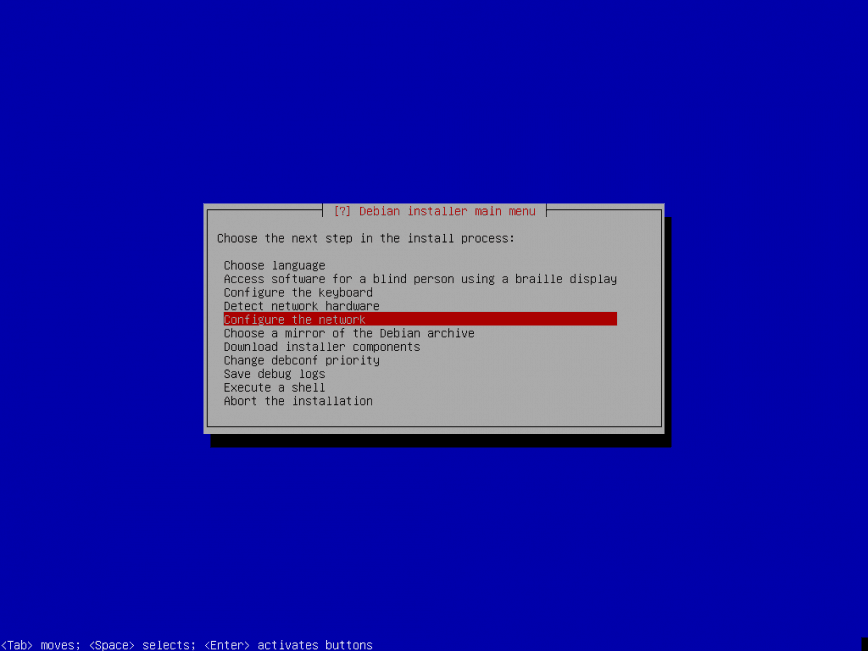
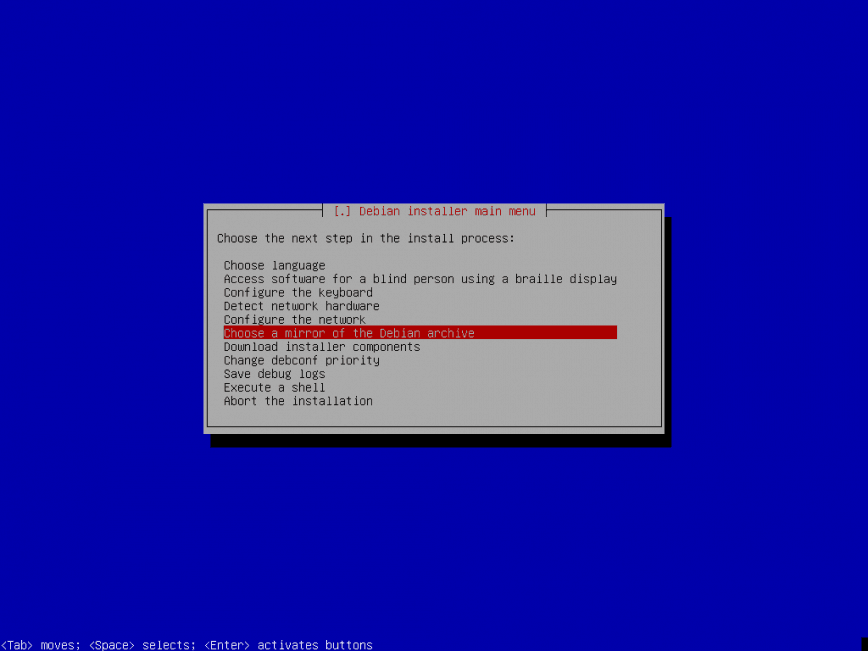
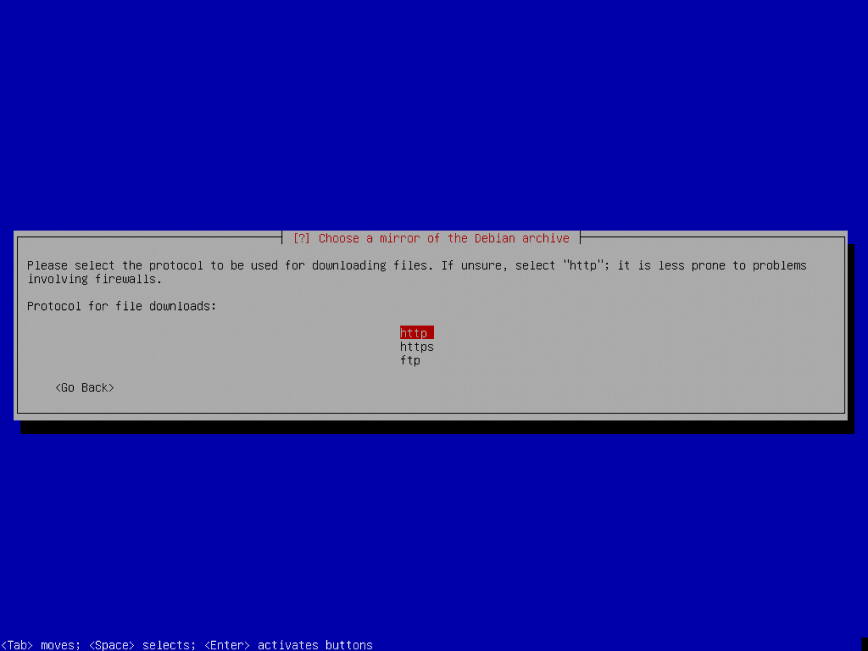

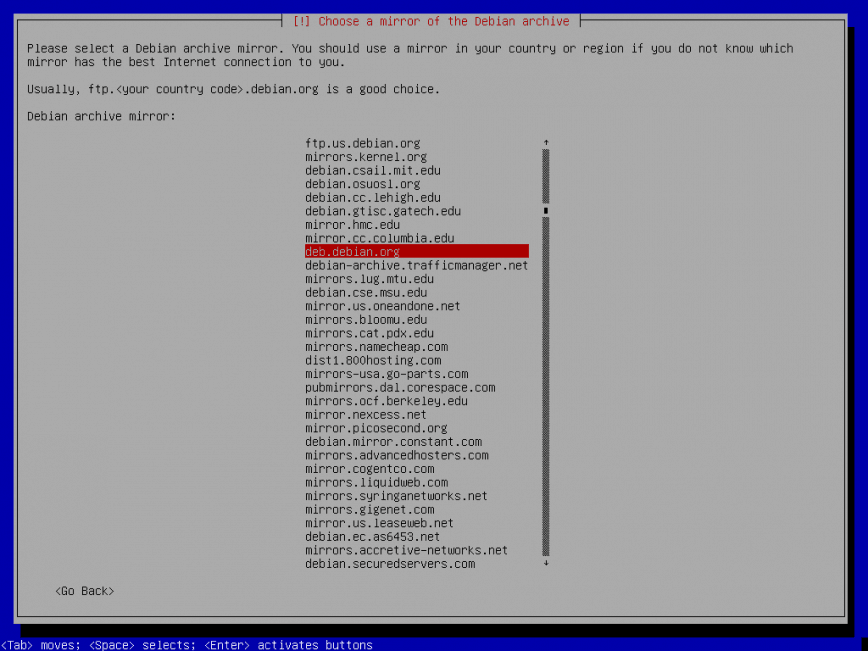
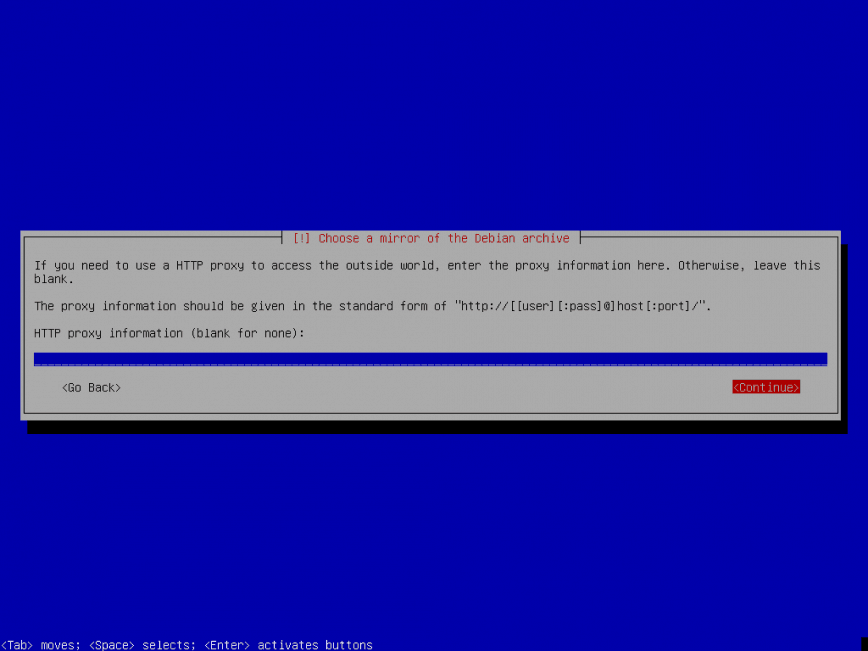


select ‘sid’ if you would like to boot into Debian Unstable
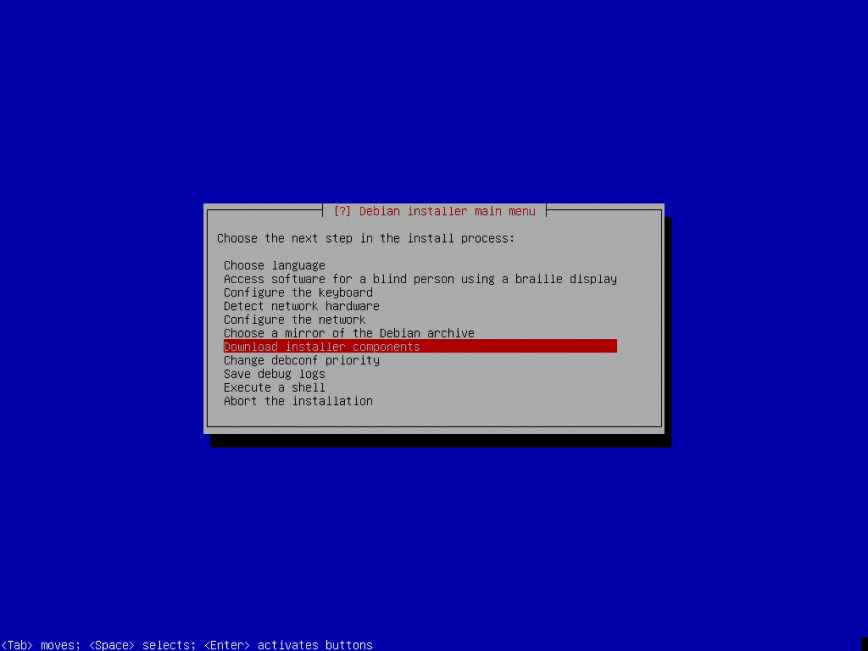
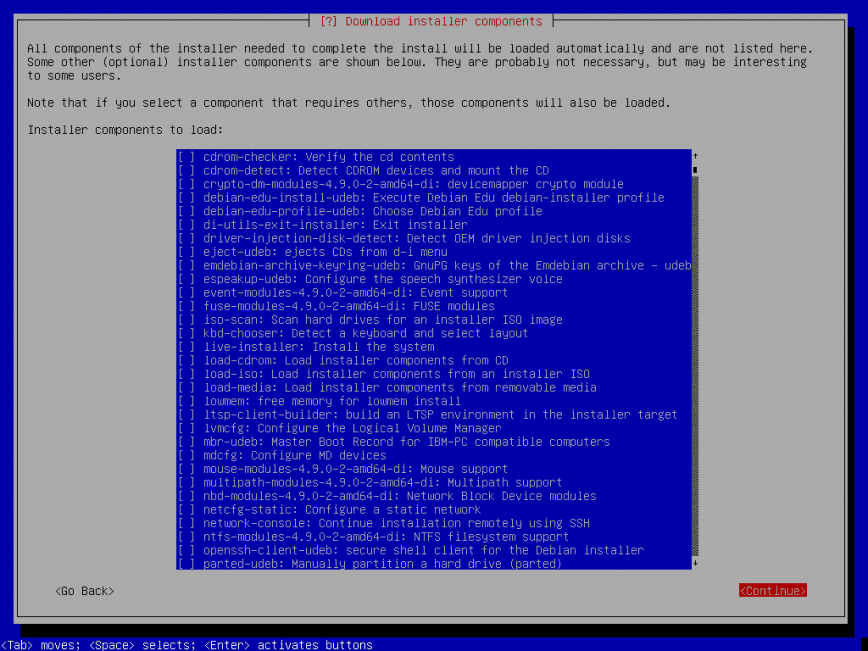

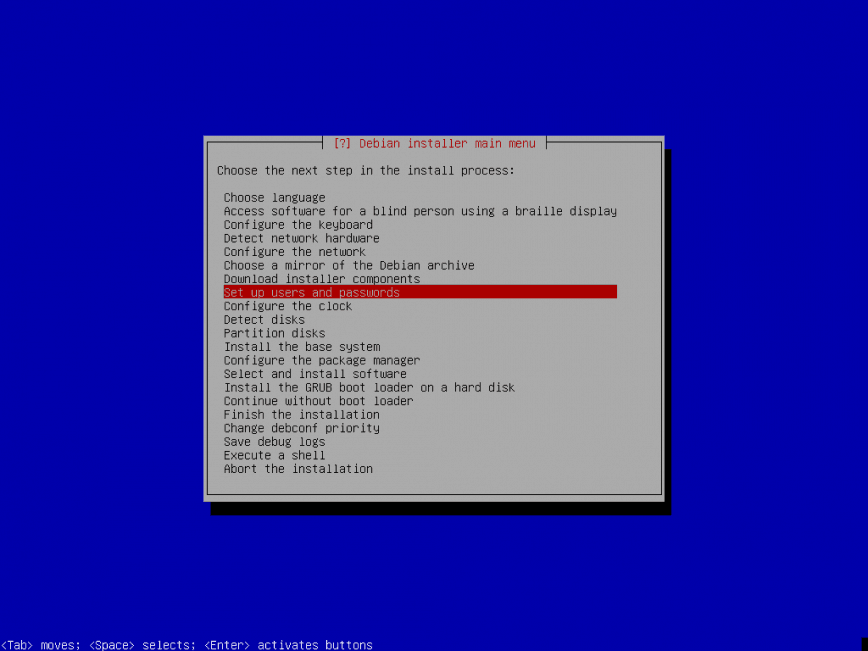
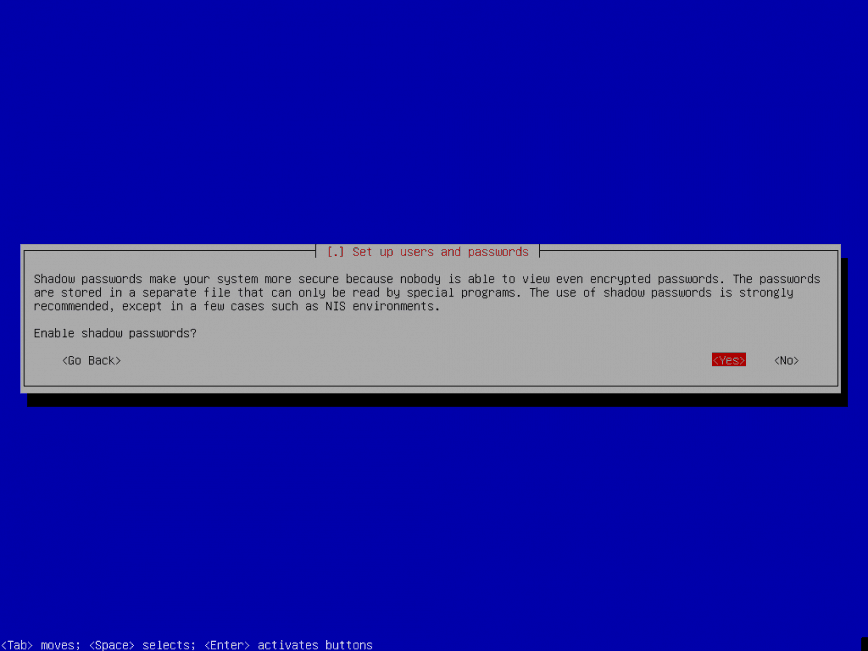
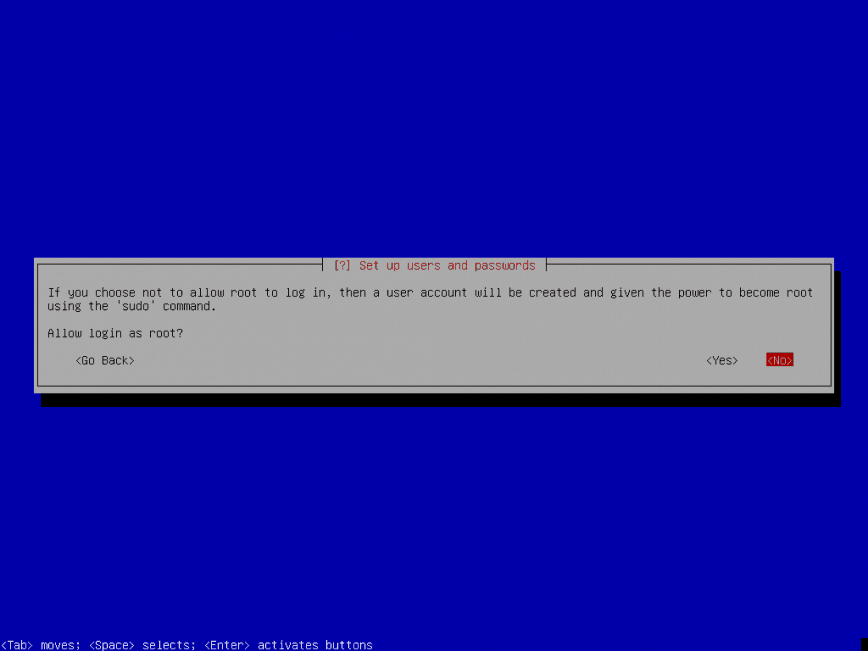
Select ‘No’ for root login.
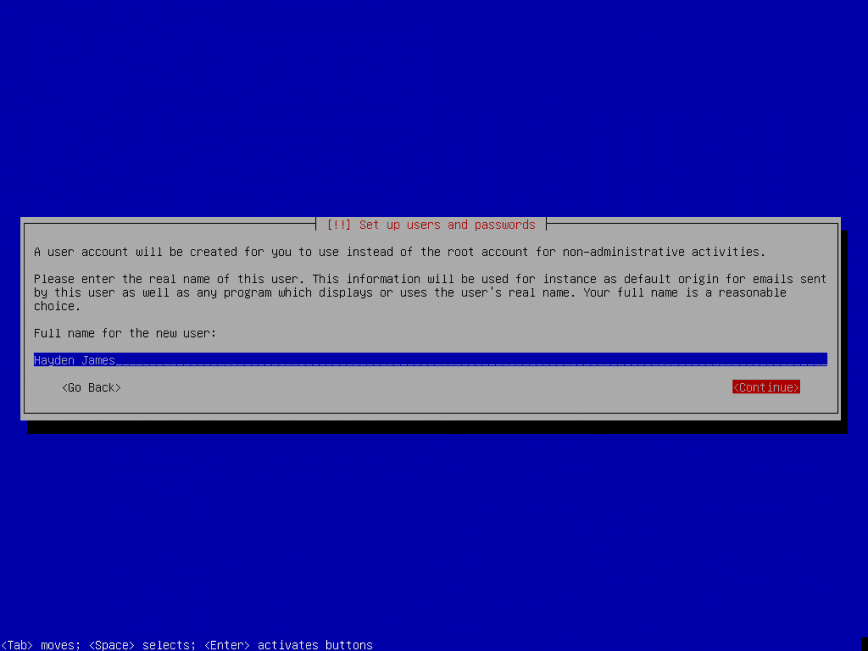
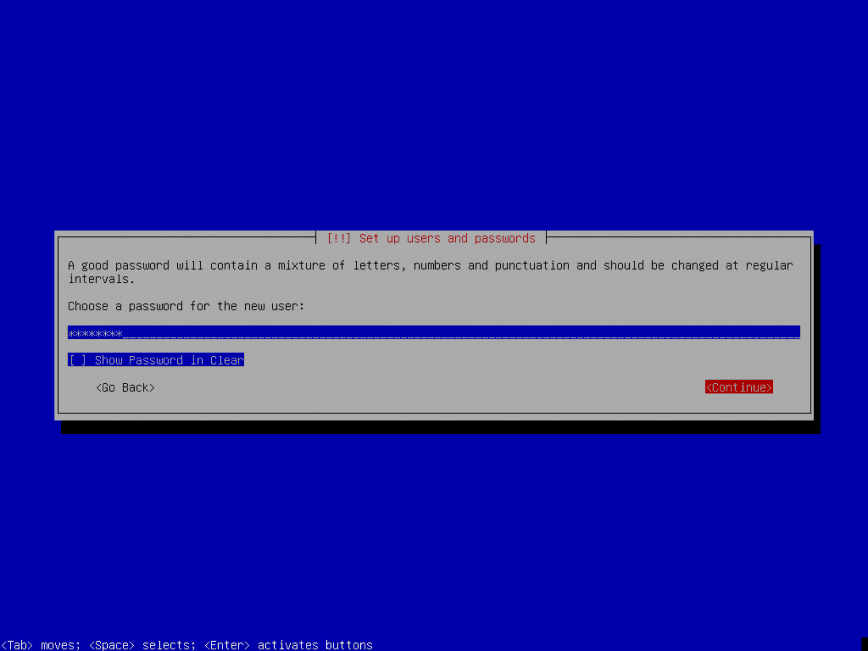
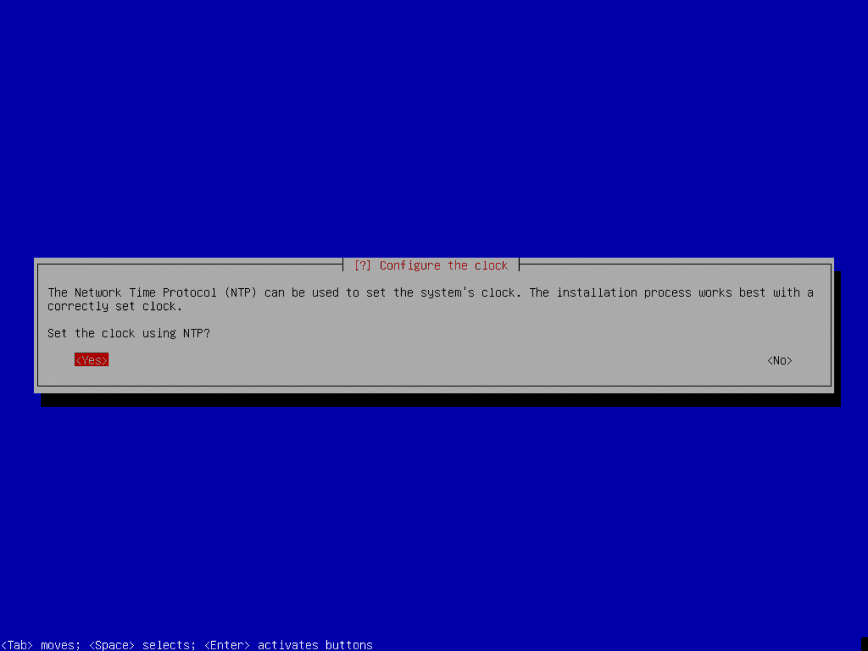

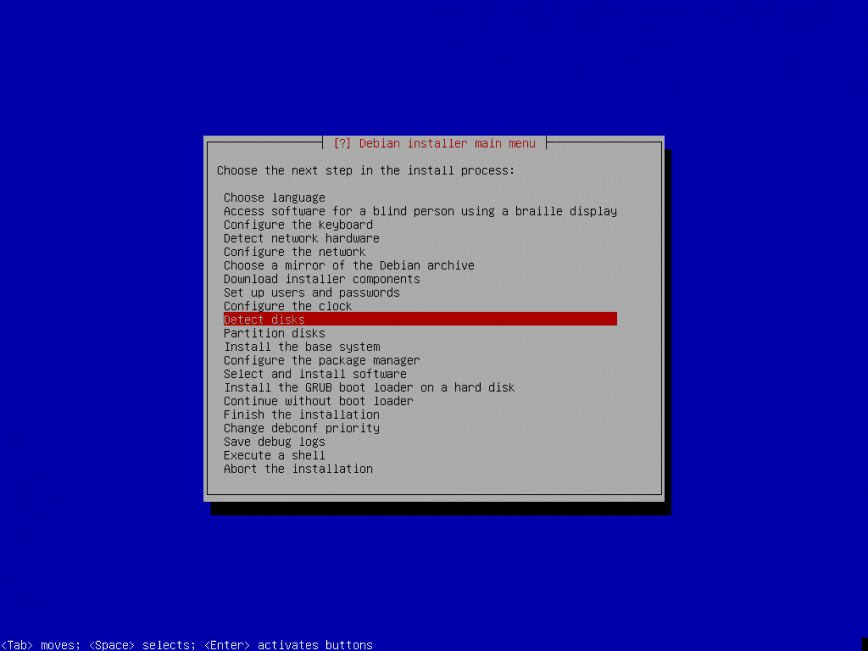
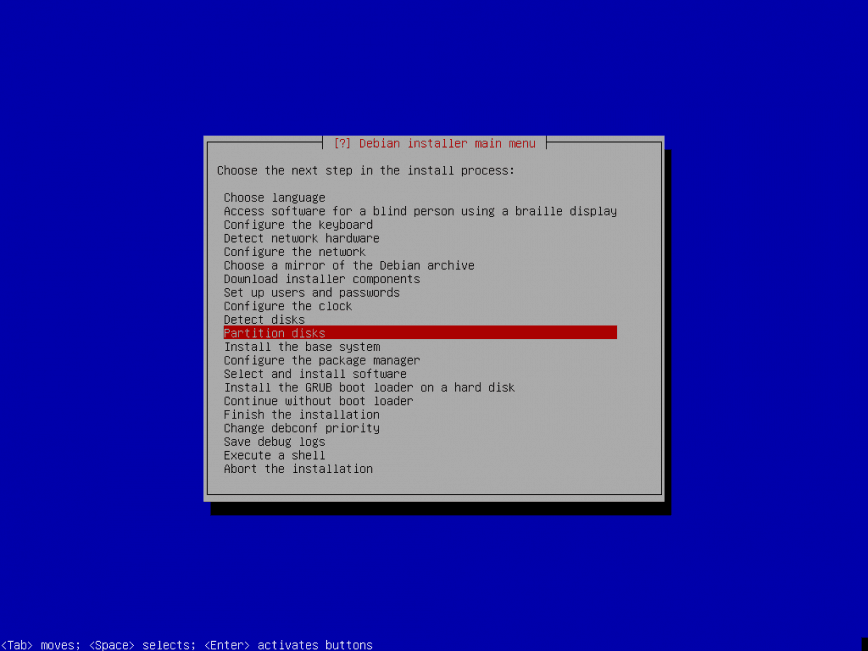
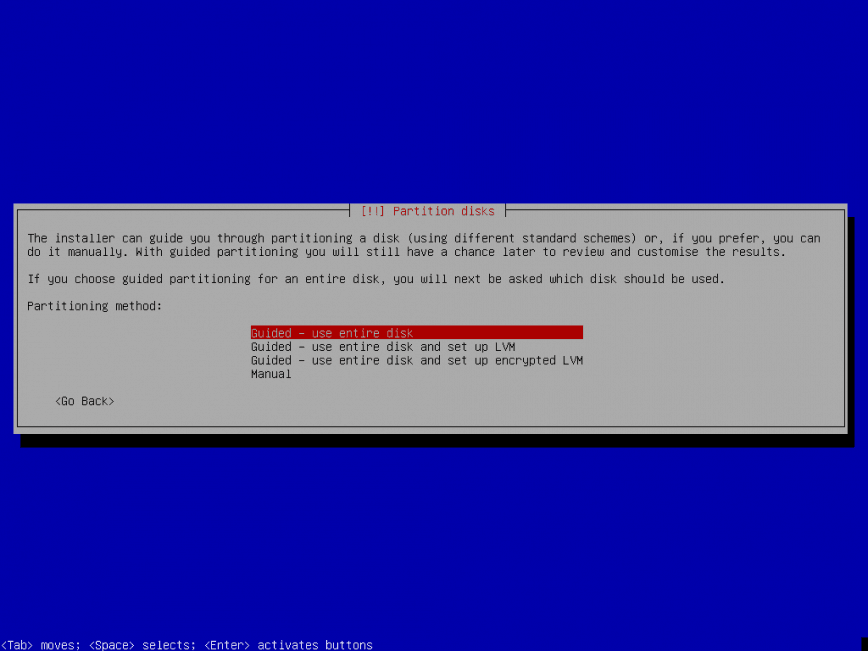
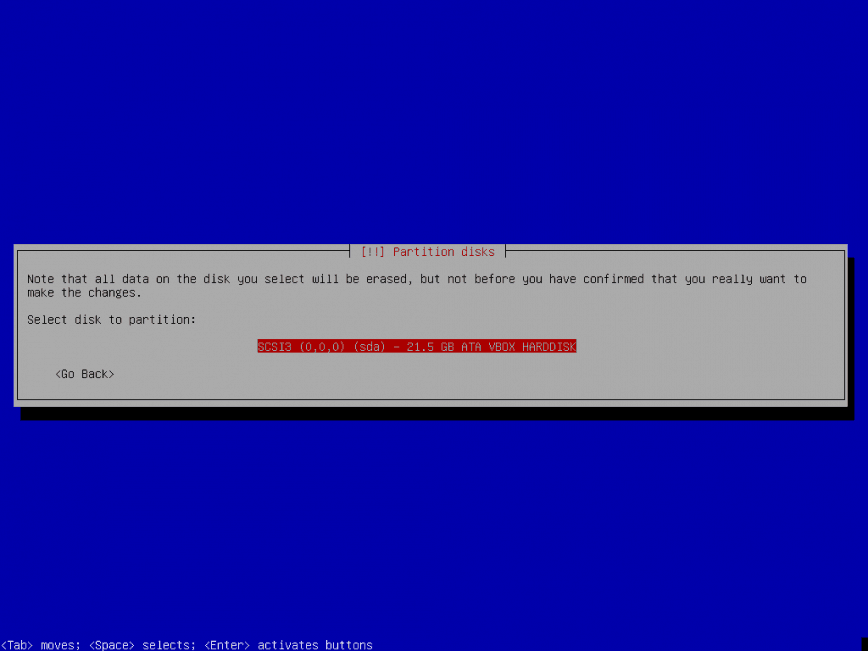

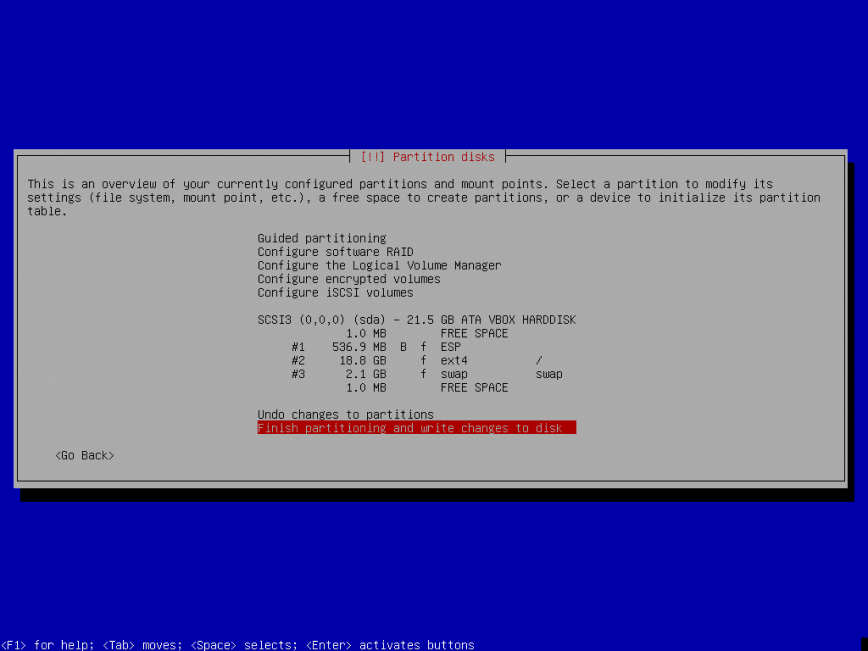
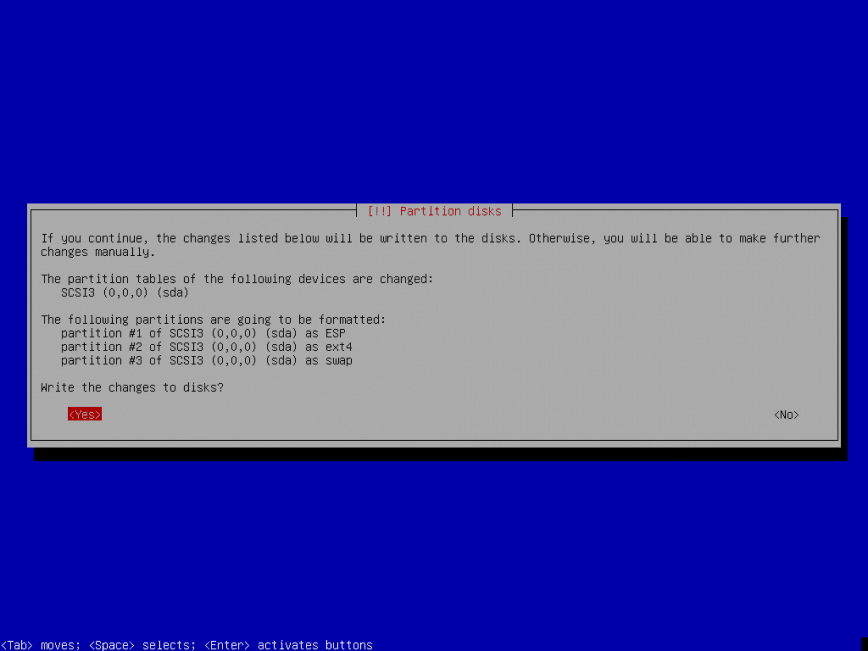


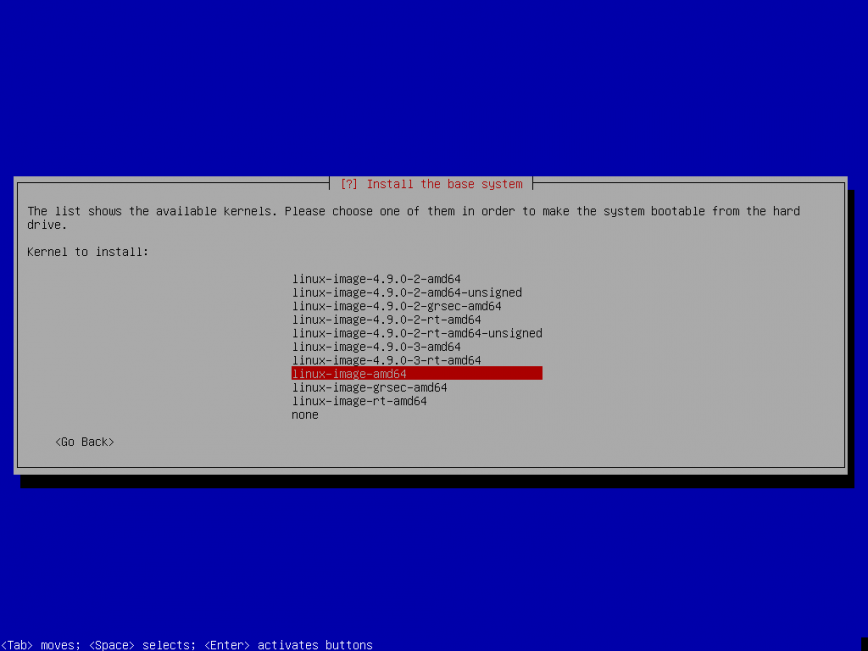
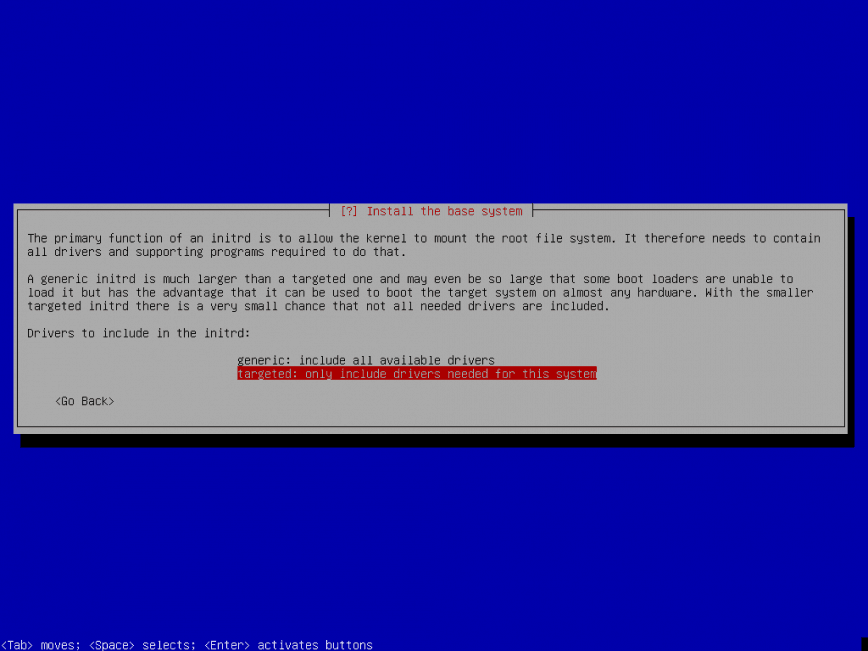
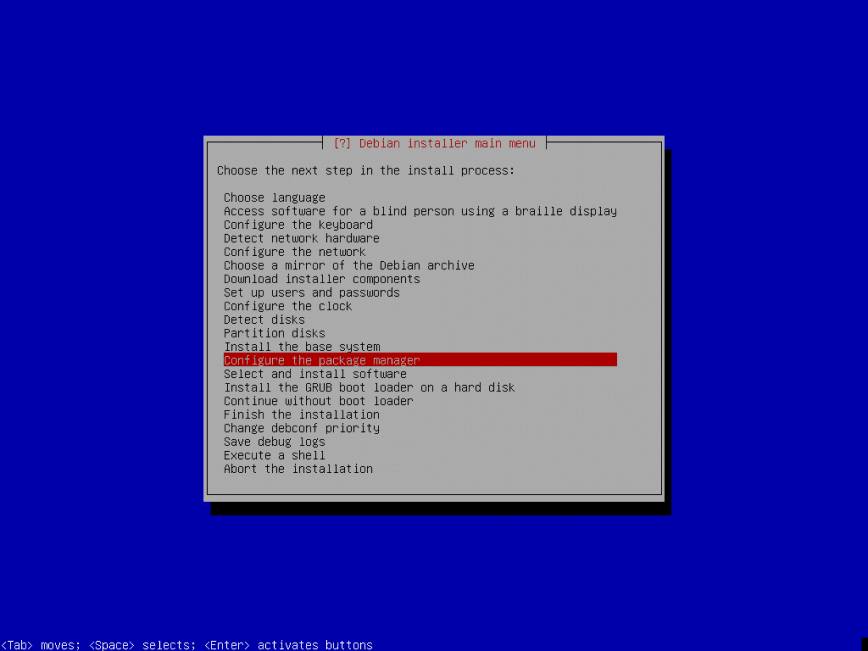
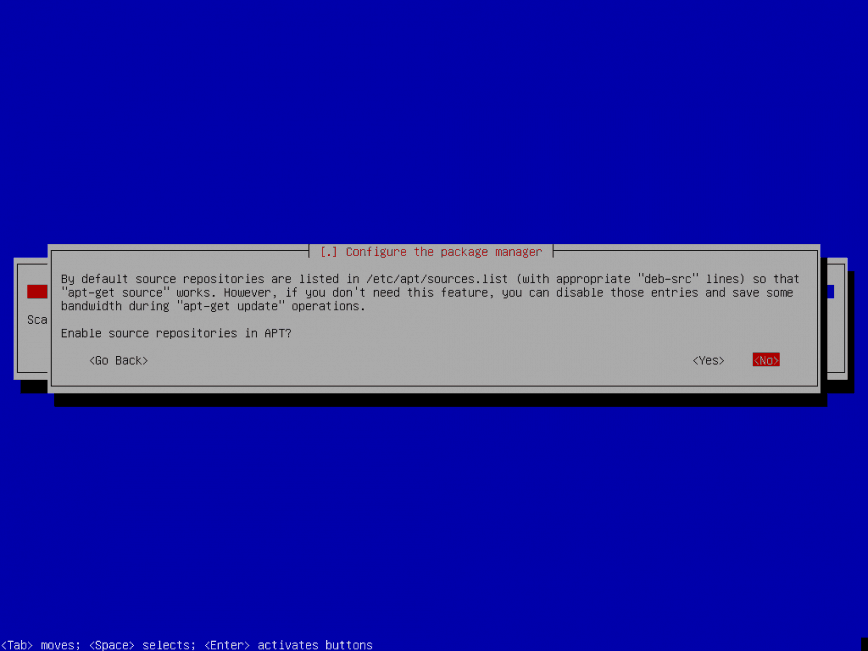
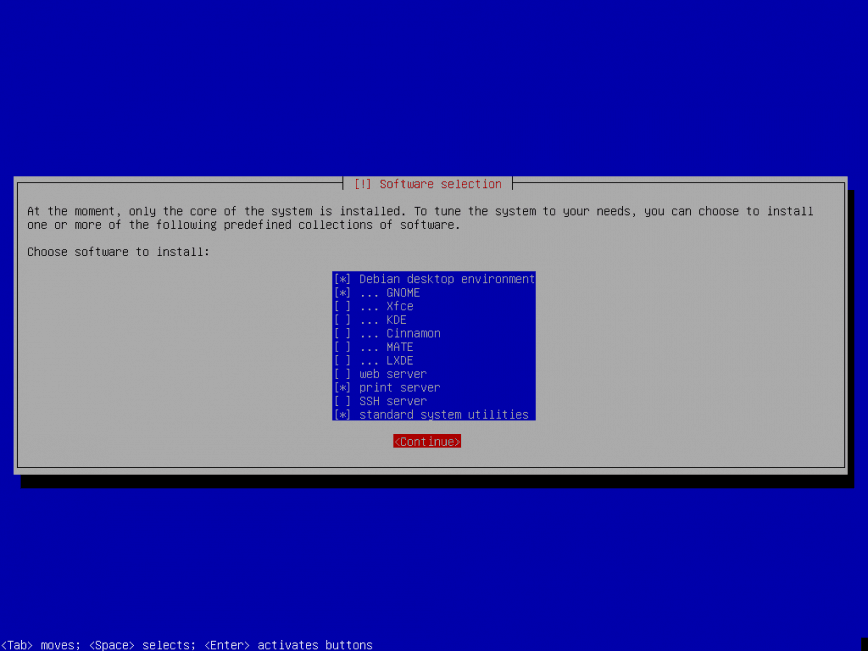
For desktop install, select ‘Gnome’ or other. Or ‘web server’ for server install.
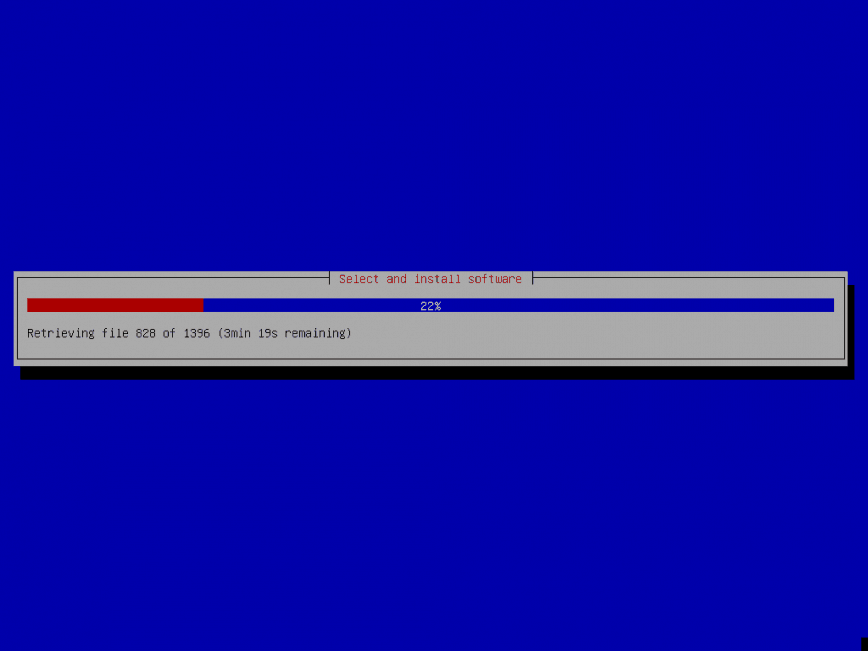
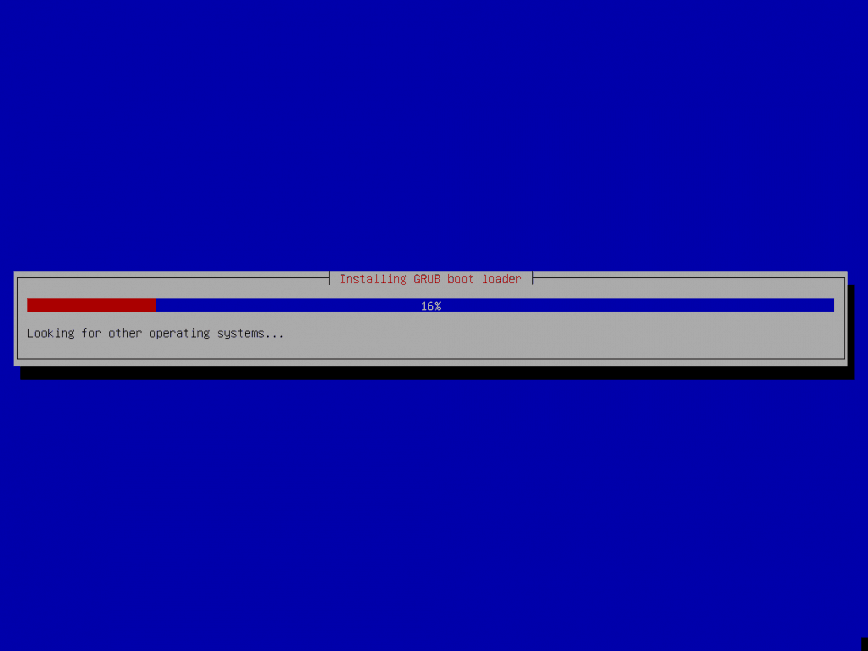
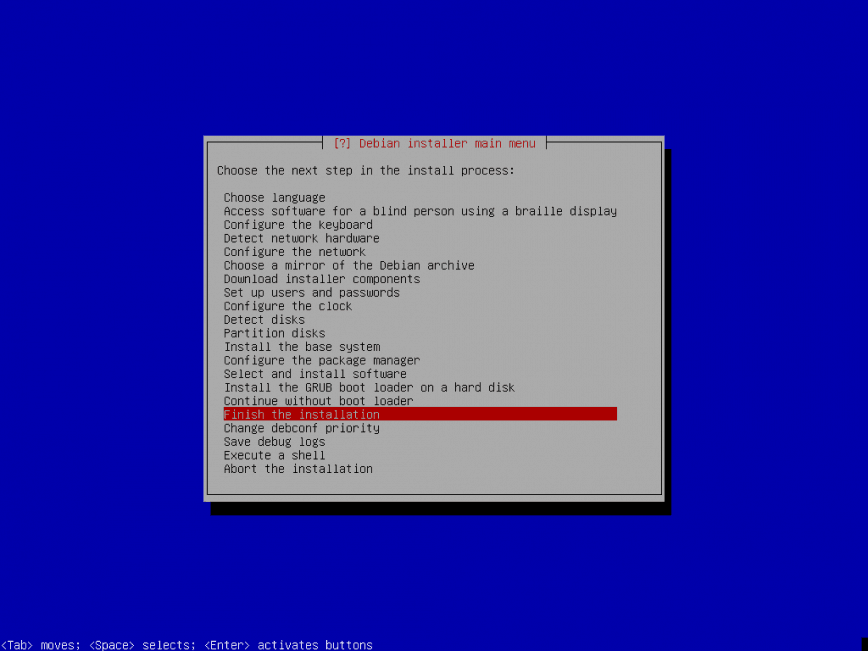
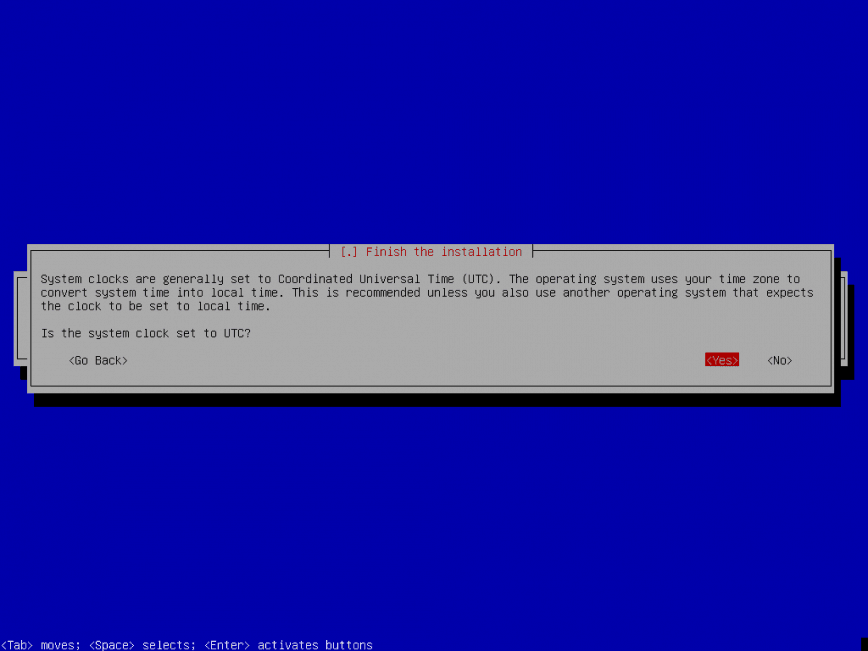
When the installation is finished, boot!
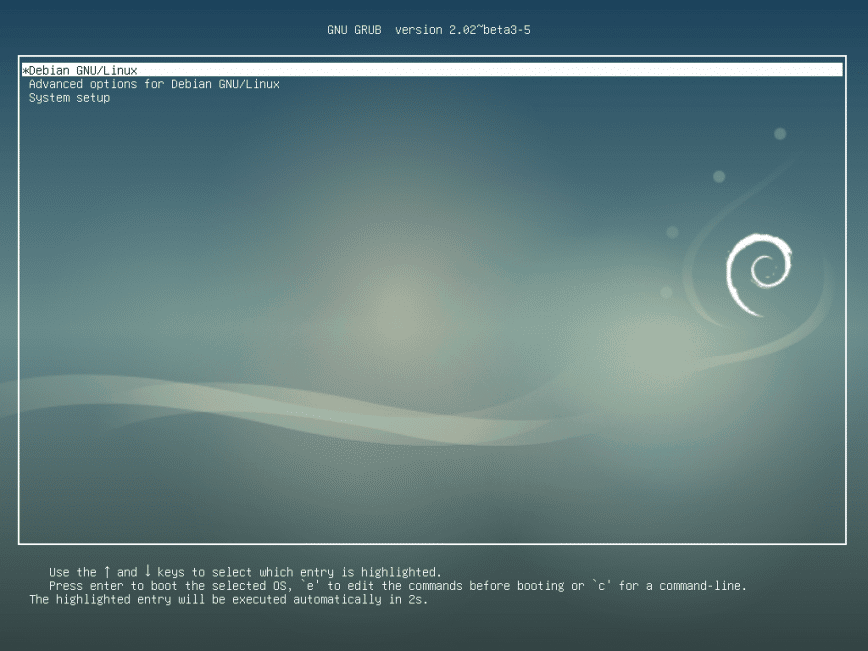

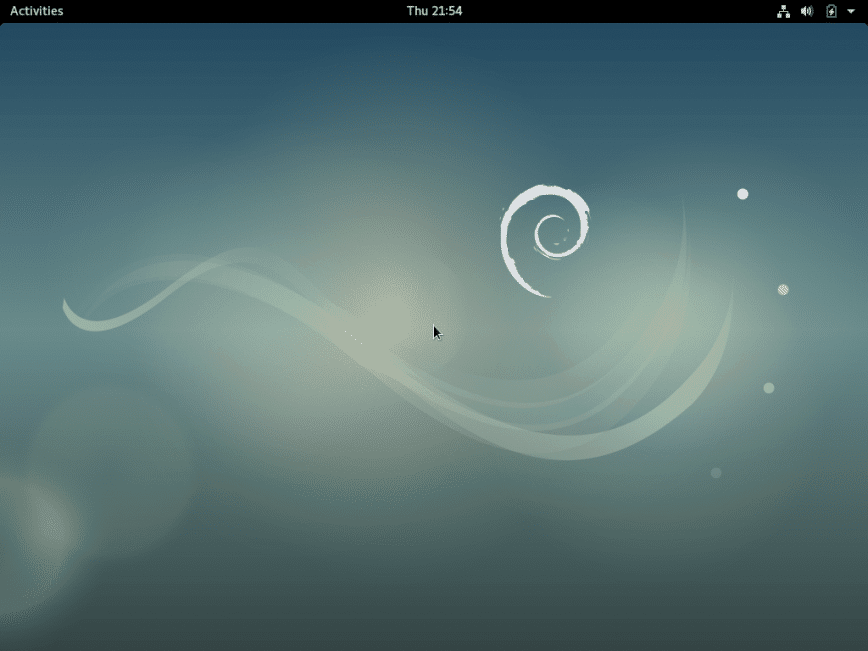
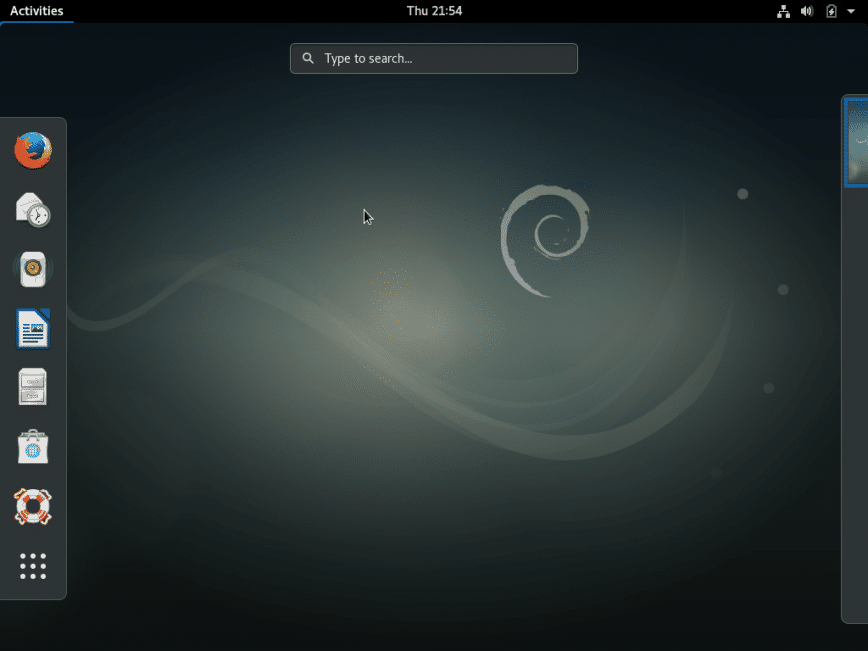

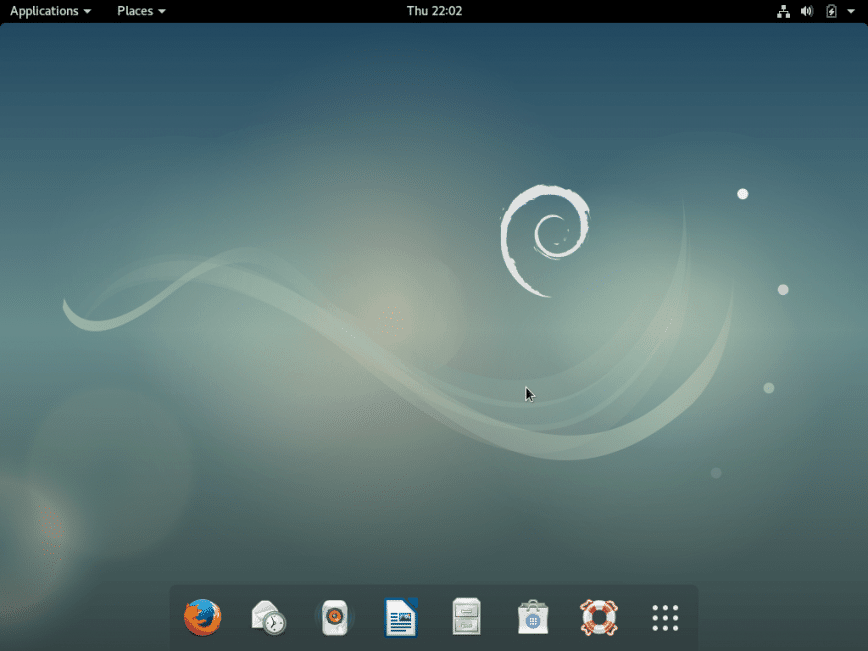
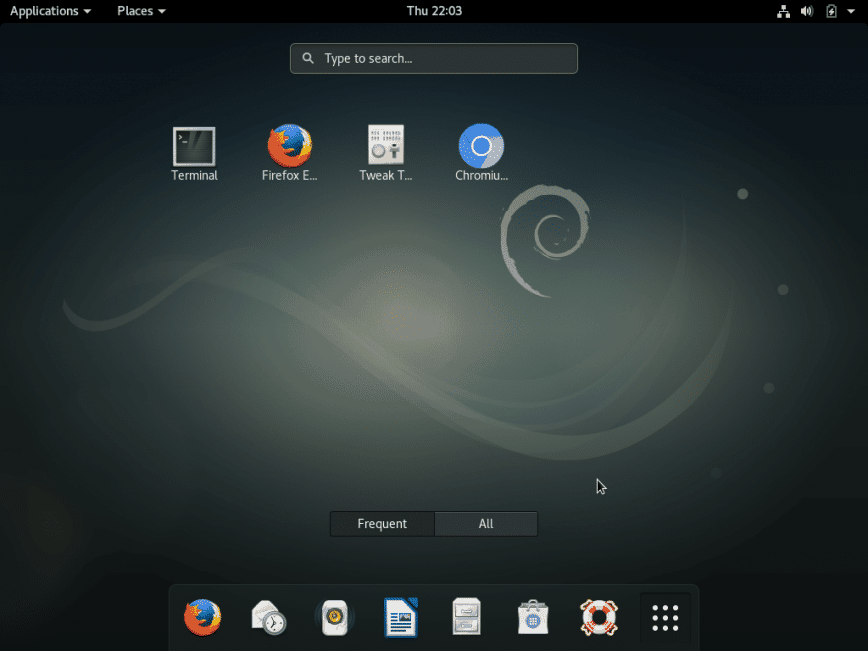
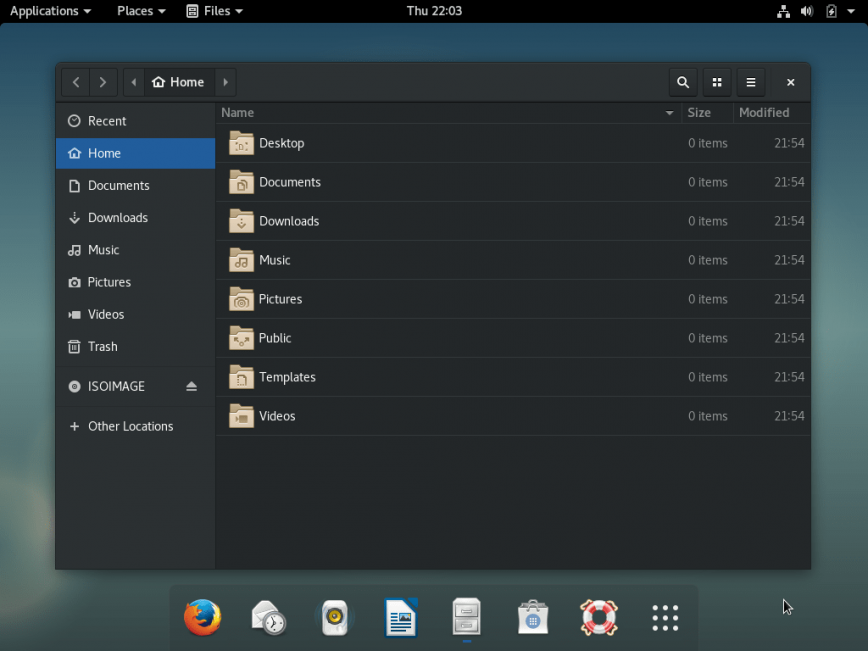
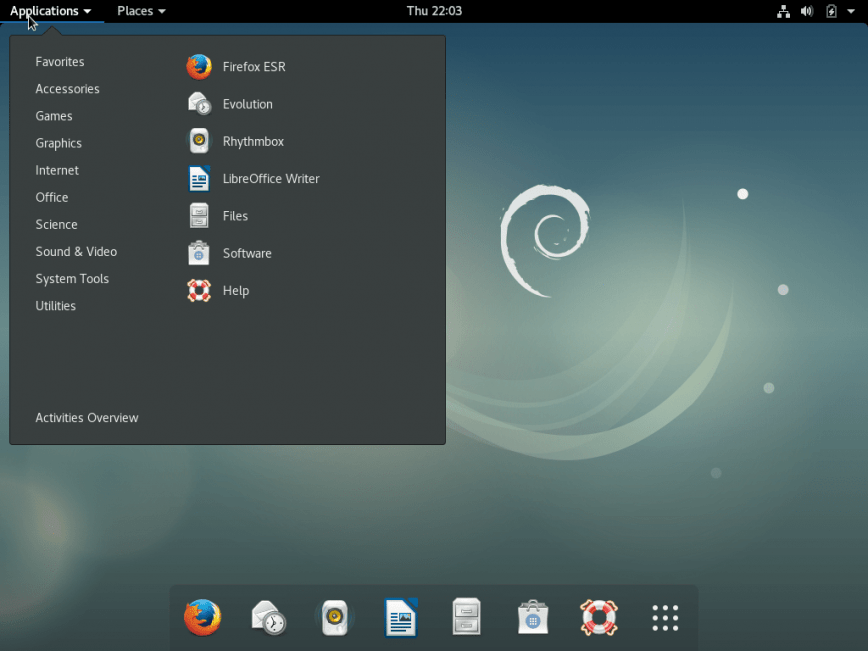
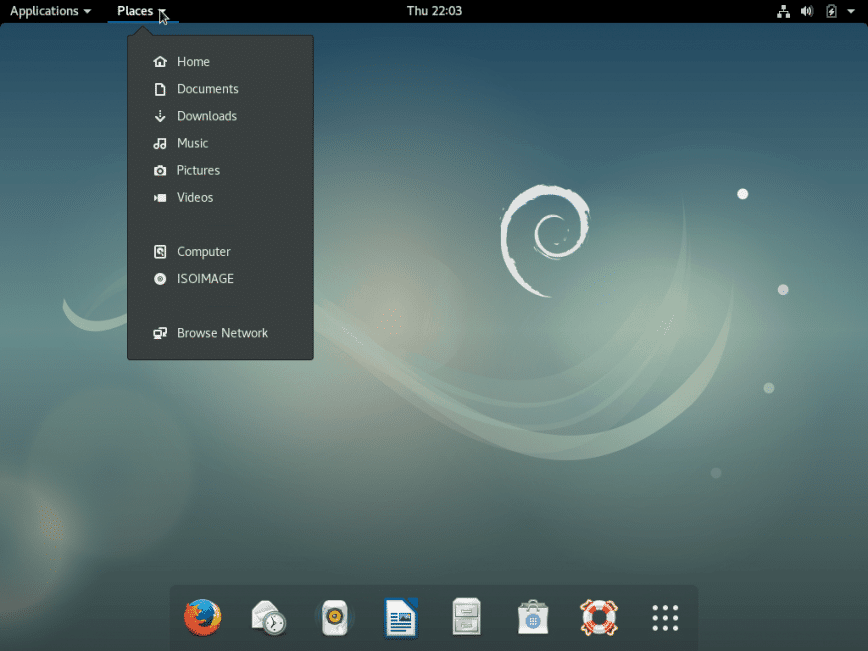

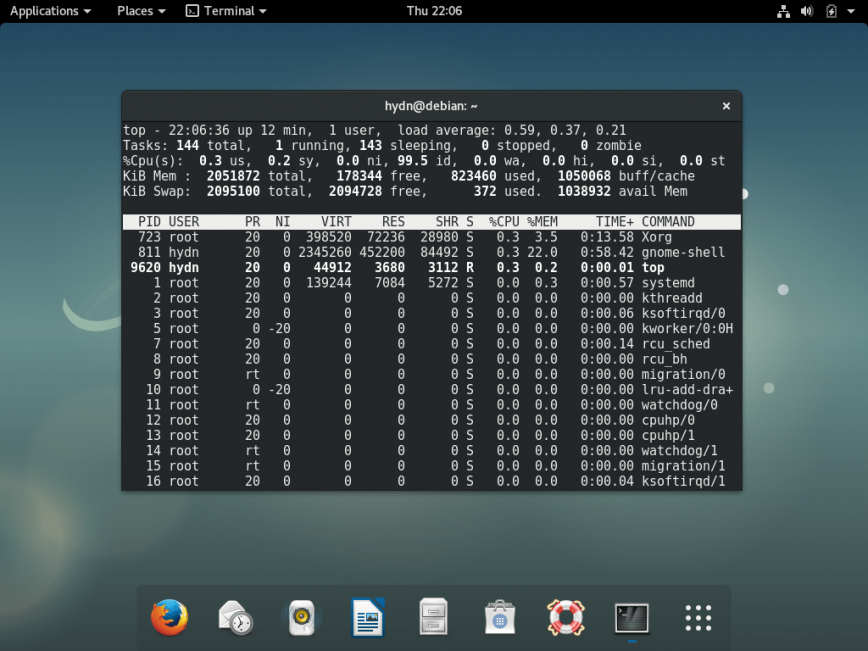
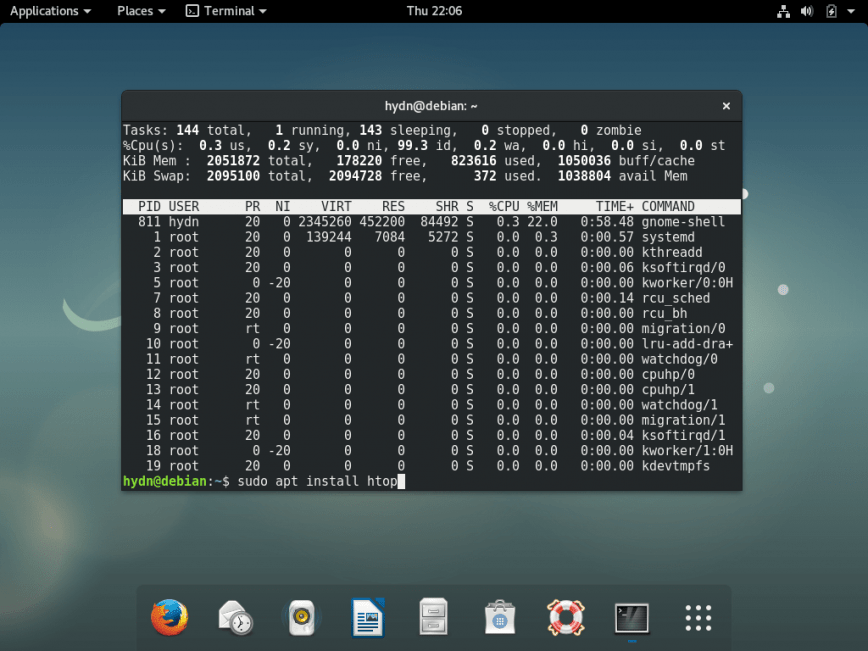
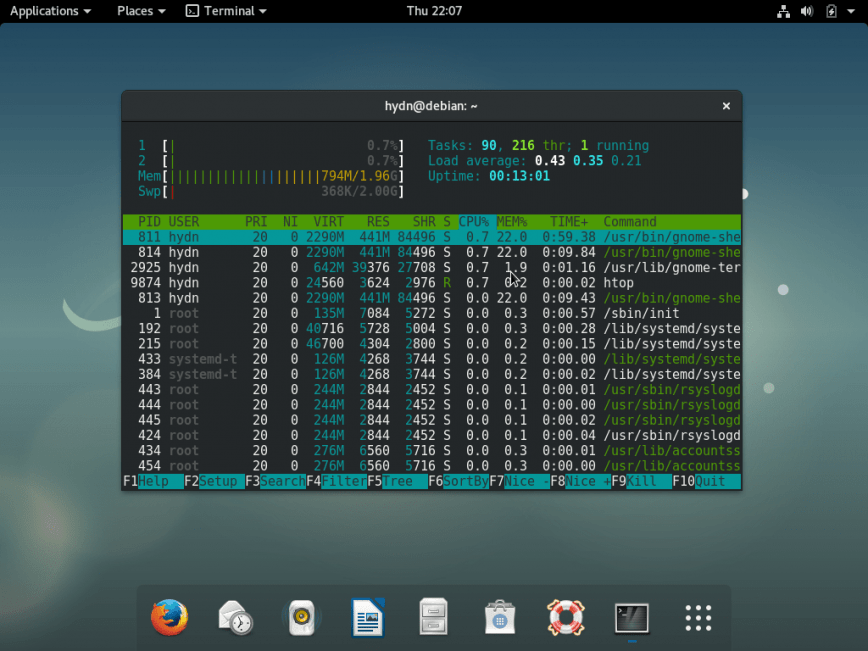
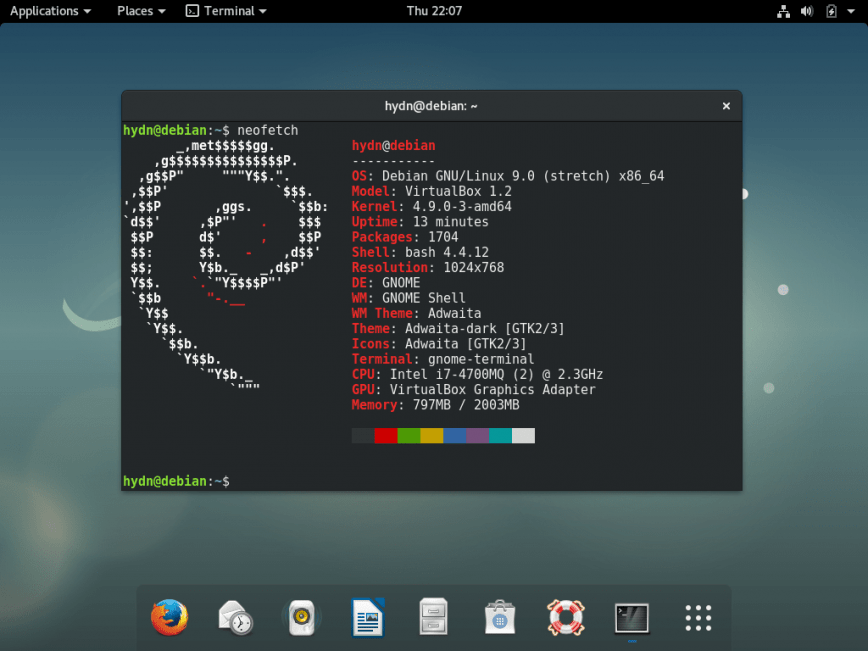
That’s it! You either have Debian Stable or Testing installed on your desktop or server. Enjoy! Here’s what my Debian Sid + Gnome:
Now, let me throw this link into the mix. Also, check out openSUSE Tumbleweed, Fedora Rawhide and Gentoo Linux. All are rolling release distros.
Additionally, read: Best Linux Distro.
Published: May 20th 2017 | Last updated: January 29th 2024

